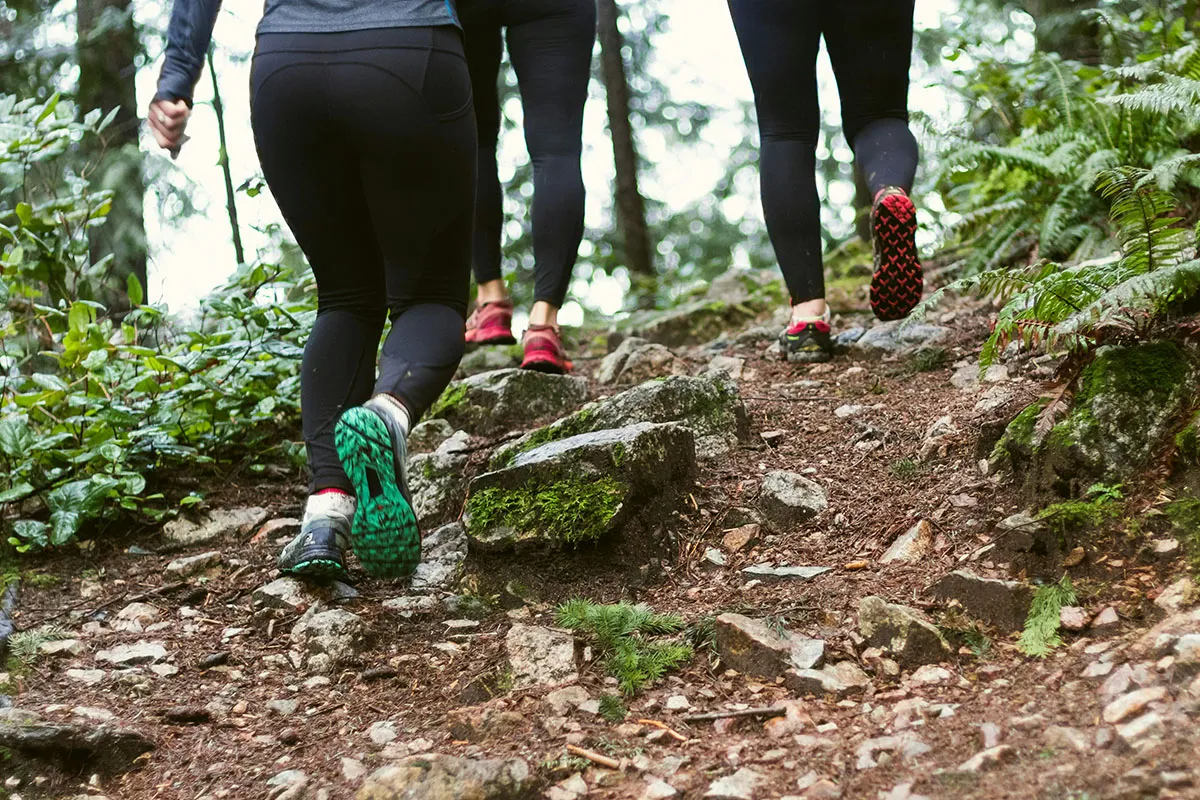

A good pair of hiking shoes is a worthwhile investment for any outdoor adventurer. For rugged thru-hikes, trail runs, and day trips out in nature, your feet will be forever thankful for stylish and practical hiking shoes that can last the distance.
Videos by Outdoors
Our top pick for women was the tough and sturdy KEEN Targhee III, a traditional hiking shoe that provides almost the same level of support to the foot as a hiking boot, with extra points for durability and water protection.
For warm weather, we suggest the Danner Trail 2650 CampoGTX. For wet conditions, we recommend the Hoka Speedgoat 5 shoe for reliable waterproof protection. Here are the best hiking shoes available for women. We’ll also go over specific features for your hiking needs.
Shop more women’s hiking shoes on Outdoors.com Gear Shop
The women’s hiking boots on this list are low-cut hiking shoes or trail running shoes, both of which are perfect for day hikes on mixed terrain.
This post contains affiliate links. Outdoors.com may earn a commission when you make a purchase through these links. Thank you for your support.
The Best Hiking Shoes for Women in 2024
- Best Overall Hiking Shoe- KEEN Targhee III WP
- Best Wet Weather Hiking Shoe – HOKA Speedgoat 5 GTX
- Best Durable Hiking Shoe – La Sportiva Spire GTX
- Best Warm Weather Hiking Shoe – Danner Trail 2650 Campo GTX
- Best Hybrid Hiking/Trail Runner Shoe – The North Face VECTIV Fastpack FUTURELIGHT – Women’s
- Best Trail Running Shoe – Altra Lone Peak All-Wthr Low
- Best for All Terrain Hiking Shoe – Salomon X Ultra 4 GTX
- Best Budget Hiking Shoe – Salomon Women’s Ultra X Pioneer Aero Hiking Shoes
Best Overall Hiking Shoe – KEEN Targhee III WP
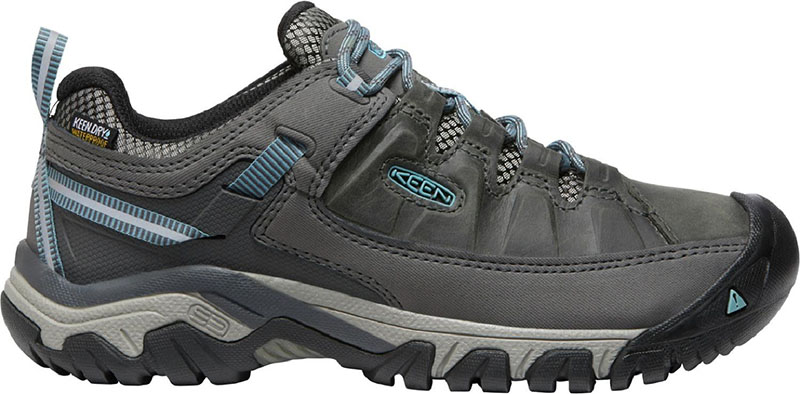
The Keen Targhee is a tough shoe with a deserved loyal following in the outdoors community. The Targhee III is a hiking shoe that provides cushioning around the ankle, which provides good support without the extra weight and bulk of a hiking boot.
This style is known for its distinctive toe cap design, which provides extra protection for the toes when hiking over rough and uneven terrain. The roomy toe box is wider than most hiking shoes, which adds extra comfort and space at the front of the shoe.
The upper is made from leather which adds extra durability. The mesh tongue, a cushioned footbed, and a removable insole make the shoes comfortable for long hours of hiking.
They have KeenDry™ waterproof membranes to keep feet dry, and to allow sweat to dissipate quickly. Odor-resistant technology and mud shields help to keep your feet clean and dry on the trails.
Best Wet Weather Hiking Shoe – HOKA Speedgoat 5 GTX
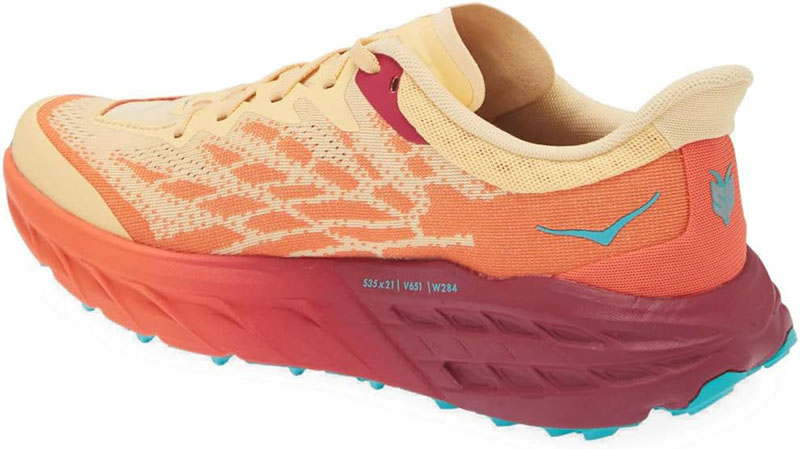
This version of the Speedgoat features a Gore-Tex waterproof membrane, for reliable moisture management, which is why we suggest the HOKA Speedgoat 5 GTX for a seasoned hiker. They are a technical trail-running shoe with several benefits that you’ll be looking for.
HOKA has added a Vibram Megagrip outsole, designed to maximize traction on the trails. The shoes are made from 44% recycled polyester which offers water resistance for wet weather hiking. There is a variety of stylish color options available, including a few bright colors, which are useful for remote hikes.
A rubber toe cap and a gusseted tongue add to the comfort of wearing these hiking shoes. Further considerations to the design, such as bolstered heel collar and toe rands, add additional support while you are walking.
Best Durable Hiking Shoe – La Sportiva Spire GTX

For a shoe that provides all-day comfort on the trails, the Spire GX by La Sportiva is a versatile shoe that is built to last.
The Gore-Tex membrane adds sufficient water protection, and the shoe has an abrasion-resistant mesh upper which provides further durability. The sturdy construction allows you to hike for miles in comfort, and the ortho-lite hybrid insoles provide additional comfort to the fit.
The midsoles are breathable and made from durable polyurethane (PU). The outsoles, also made from Vibram rubber, allow for great traction on mixed terrains. Reviewers note that tx che size runs large so it’s recommended to size down by a half size.
Best Warm Weather Hiking Shoe – Danner Trail 2650 Campo GTX
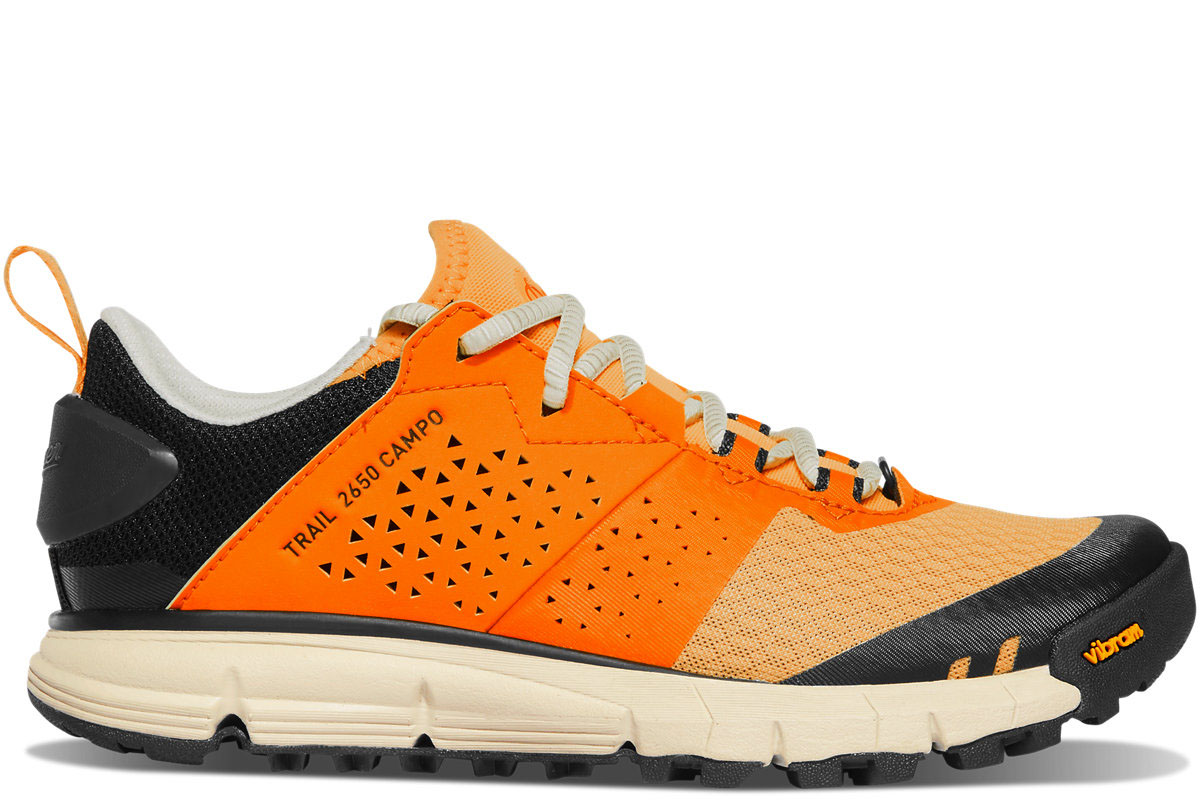
Inspired by the hot and dusty stretches of the Pacific Coast Trail, these shoes are lightweight and breathable. The entire footbed is made from polyurethane to help air circulate and the footing is kept secure by Megagrip technology.
There is a leather upper to protect from abrasion. The sock-like construction makes them easy to slip on and adds comfort, while a dust gaiter keeps debris out of the shoes when hiking. A heel counter secures the foot in place, a helpful feature to reduce the risk of blisters or slipping.
The Danner Trail 2650 Campo shoe comes in several attractive colors, and will always look timeless on the trails.
Best Hybrid Hiking/Trail Runner Shoe – The North Face VECTIV Fastpack FUTURELIGHT – Women’s
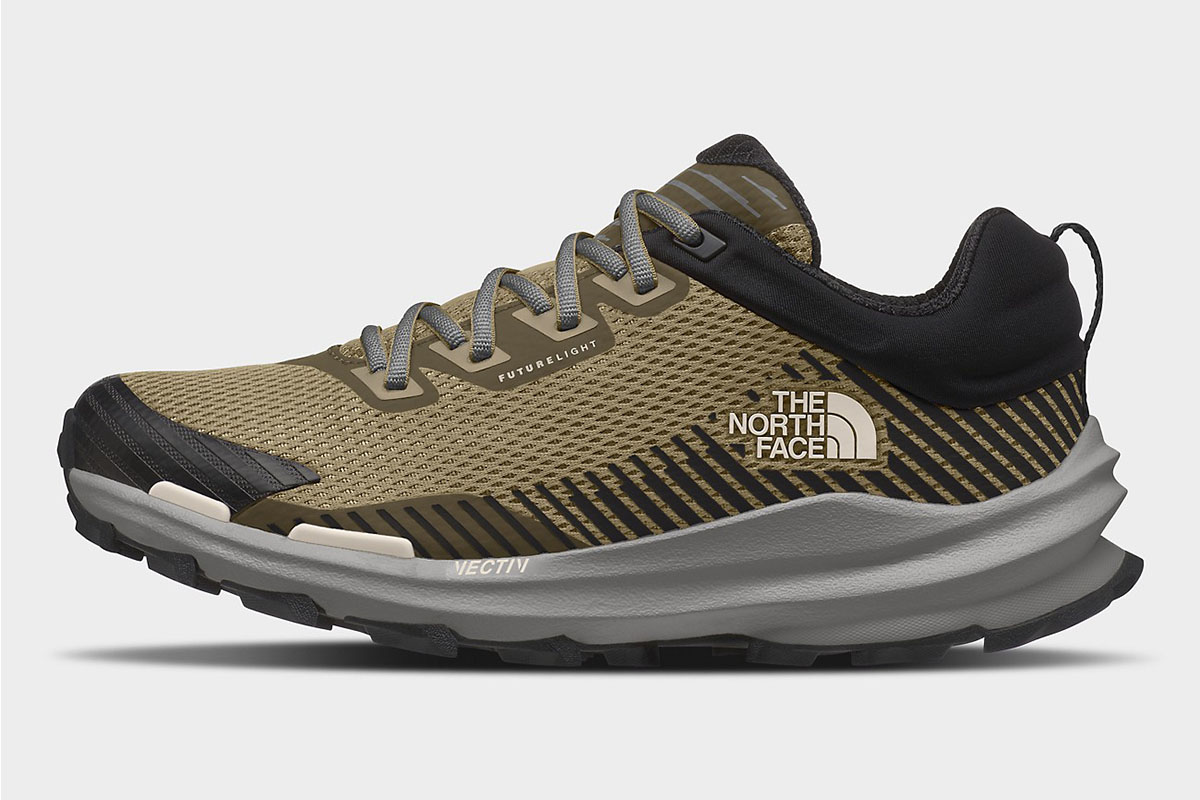
These shoes from The North Face are an excellent option for day hikes, with moderate cushioning, water resistance, and breathability. It might not have the traction on the outsole that some others do on the list, but it is a stable shoe for most terrains.
A mix between a hiking shoe and a trail running shoe, you’ll find them comfortable to wear straight out of the box. They are available in several shades, all of which are subtle and stylish enough for hiking or post-hiking plans.
The midsole design supports a forward motion for quick-paced hiking or running. The Futurelight membrane offers water protection and helps protect feet from debris. These lightweight trail runners can withstand varying weather conditions very well.
Best Trail Running Shoe – Altra Lone Peak All-Wthr Low
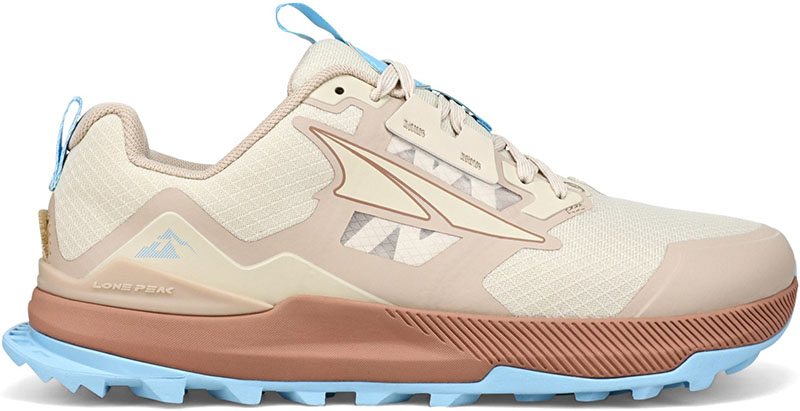
We picked these as our top trail runners because of the grippy shoes are perfect for many hiking conditions. The super soft Altra EGO™ foam midsoles and the balanced cushioning follow the natural shape of the foot, offering superior comfort, which also encourages low-impact landings.
Extra support for the foot is given by StoneGuard rock plates, a piece of material placed between the midsole and outsole of the shoe. These shoes have been awarded a seal of acceptance by the American Podiatric Medical Association (APMA), which means that they promote good foot health.
A uniquely wide toe box is something many customers have pointed out in the reviews, which allows toes the freedom to move at the front of the shoe. They come in original, standard, and slim fit so you can be sure to find the perfect size.
Best All Terrain Hiking Shoe – Salomon X Ultra 4 GTX
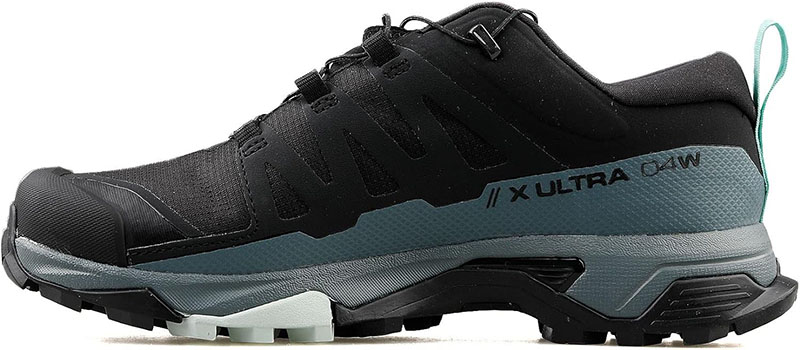
A good pair of Solomons will last you a long time, and we like the Ultra 4 GTX shoe because of that. They are super comfortable, all-terrain shoes that can conquer hills and descents with ease. You can wear them for trail running or hiking, with stability, grip, and protection from uneven terrain.
Snug and supportive, the fit of this shoe allows for several hours of comfort. The design features advanced chassis technology that allows for great stability.
The GoreTex protection adds valuable waterproof protection, and the grippy outsole allows you to scramble over rocks or rough trails with freedom. The elastic stretch laces mean you don’t have to stop mid-hike to re-tie laces.
Best Budget Hiking Shoe – Salomon Women’s Ultra X Pioneer Aero Hiking Shoes

The Ultra X Pioneer is a sturdy and durable shoe that will be a great addition to your hiking gear at a reasonable price. They are so comfortable, that you might find yourself wearing them for everyday wear, not just hiking.
Built for maximum grip on loose, soft, rugged, and uneven surfaces, these shoes offer plenty of support. An advanced chassis, placed between the outsole and midsole, helps to create a secure foothold, especially when navigating downhill sections.
Solomon’s SensiFit construction holds the foot in place, creating a tight but comfortable fit with foam cushioning for extra comfort.
What Are The Main Features of Good Hiking Shoes?
When buying hiking shoes, there are several important factors to consider to ensure comfort, support, and durability. Here are some key things to keep in mind.
Upper
Consider traditional hiking shoes with a leather upper (or outer layer) for maximum durability. Leather provides excellent support and water protection. You might see hiking shoes featuring full-grain leather, which is tough and durable, or split-grain leather, which is lighter and slightly less water-resistant.
Synthetic fabrics are also used in hiking shoes, to provide breathable and lightweight options. Look out for strong synthetic materials such as nylon, polyester, and mesh. These are quick-drying and great for warm-weather hiking.
Keep an eye out for mesh panels incorporated into the shoe’s design for added ventilation. This helps to prevent overheating and moisture build-up.
Waterproof Membrane
The membrane is part of the shoe construction which adds additional waterproofing between the outer and inner lining of the shoe, positioned just underneath the outer layer of the shoe.
These membranes can be made from materials such as Gore-Tex (GTX) or eVent. The layer, made from mini micropores, provides extra protection from water and mud because the pores are too small for water droplets to pass through.
Midsole
The midsole is located between the upper and the outsole, directly beneath the insole. It forms a middle layer which provides cushioning, shock absorption, and comfort for the foot.
The midsole is typically made from flexible materials such as Ethylene Vinyl Acetate (EVL) or Polyurethane (PU).
Insole
The insole is the removable layer inside the shoe that provides extra comfort. Some hiking shoes come with a removable insole. If you do not like the one that came with the shoe, remove it and replace it with your own for customized support.
Outsole Materials
The outsole (or sole) is the bottom of the shoe that connects with the ground. Most outsoles are made from rubber for good traction and durability. Look for shoes with a lugged tread pattern for better grip on various terrains.
Look out for shoes with a Vibram outsole. Vibram is a brand that specializes in high-performance rubber soles used by many reputable outdoor gear manufacturers.
Toe Box and Toe Protection
The toe box is the front part of the shoe that surrounds the toes and provides protection. Toe caps add an extra layer of protection around the front of the shoe. This can be very helpful if you stub your toe on a root or a rock.
Always make sure you have enough space around the front of the shoe to avoid blisters and discomfort. You can also look for features like a mudguard, which is on the outer toe area and is another useful feature for protection against dirt on the trail.
Collar and Tongue Padding
Look out for padding around the collar and the tongue for additional comfort and support. The collar provides extra support around the ankle area reducing friction between the shoe and the ankle.
The tongue is another important component of the shoe, providing stability and insulation as well as extra comfort during extended hikes.
Lacing Systems
Look for durable eyelets and strong laces. Good lacing is a key element for ensuring a secure fit. Elastic laces can make it easier to take the shoe on and off, but the fit will be less customizable than traditional lacing systems.
Heel Counter
A reinforced heel counter provides stability and support, especially on uneven terrain.
Things to Consider Before Buying Hiking Shoes
Waterproof vs Non-Waterproof
If you often hike in wet conditions or encounter water during your adventures, consider waterproof hiking shoes or water-resistant options. Shoes made from Gore-Tex (GTX) such as HOKA Speedgoat 5 GTX and Salomon X Ultra 4 GTX are excellent for keeping your feet dry during hikes.
If you are less concerned about waterproofing, consider a lightweight and breathable shoe such as the Danner Trail 2650.
Outsoles and Traction
Always check the bottom of the shoe (or the outsole) for traction. A durable and lugged outsole provides a better grip on various surfaces, improving stability and allowing you greater freedom of movement.
Ankle Support
Depending on the type of hiking you’ll be doing, you may want to consider the level of ankle support.
Low-cut hiking shoes have a low-profile design that does not extend to the ankle, so the ankle support is limited but they offer value in terms of their light weight and breathability and are suitable for short hikes and trails and moderate terrains.
Some hiking shoes are mid-cut, which offers a higher profile and additional ankle support. Mid-cut hiking shoes are similar in appearance to hiking boots. Hiking boots extend above the ankle and provide the most support for more extreme terrains.
Breathability
Breathability is essential, especially in warmer climates. Look for shoes with breathable materials to prevent your feet from overheating and reduce the risk of blisters.
Weight
Consider the weight of the shoes, as lighter options are generally more comfortable for shorter hikes, while heavier shoes may provide more stability for longer treks with a heavy pack.
Cushioning and Support
Look for shoes with adequate cushioning and support to provide comfort during long hikes. A well-cushioned midsole can absorb shock and reduce fatigue.
Comfort and Fit
It’s important to make sure your hiking shoes fit well. They should be snug but not too tight, allowing for some room in the toe box to prevent blisters and discomfort.
Sometimes, you will need to size up from your usual shoe size so you can have enough room in a hiking shoe, and also so you can wear them with thick hiking socks.
Terrain
Consider the type of terrain you’ll be hiking on. Different shoes are designed for various environments, such as rocky trails, muddy paths, or well-maintained trails. Choose shoes that match your specific needs.
If you plan to do more than just hiking, such as backpacking or trail running, you might need shoes with additional features like ankle support or enhanced traction.
Budget
Hiking shoes are a key piece of outdoor equipment. There are quality hiking shoes available at a variety of price points. To get a long-lasting pair of shoes that will offer comfort and protection for miles, it’s worth spending upwards of $100.
Reputable brands
Reputable brands in the outdoor community include Salomon, KEEN, and Hoka. They are known for producing quality hiking footwear that is built to last.
- Salomon has been making outdoor gear in the Alpine town of Annecy, France, since 1947. They started out making engineer-led ski gear, before branching out to footwear in the early nineties.
- HOKA One One, or HOKA, is a brand created by two former Salomon employees, also in Annecy, France. The name “Hoka” means to fly over land in Māori, a name which represents the brand’s mission.
- KEEN is a footwear brand from Portland, Oregon. The brand’s founders began making outdoor sandals in 2003 and now produce a range of quality outdoor footwear.
Look out for more brands, such as Merrell, The North Face, Columbia, and La Sportiva. Sports brands like Adidas have started making decent hiking shoes in recent years, too.
User Reviews
Always check reviews from other hikers to get insights into the performance and durability of specific models of hiking shoes. You can also find out important information about the fit and sizing, and learn how the shoes perform in real-world hiking situations.
Frequently Asked Questions About the Best Hiking Shoes
Do I Need Hiking Shoes, Hiking Boots, or Trail Shoes?
The choice between hiking shoes, hiking boots, or trail runners depends on the type of terrain you’ll be exploring, the length of your hikes, the weight you’ll be carrying, and your personal preferences.
Hiking shoes are great for day hikes, light backpacking, and well-maintained trails. They have a low-cut and lightweight design, making them a very versatile shoe for many situations.
Hiking boots offer a mid to high-cut design which offers more ankle support. Hiking boots are better suited to challenging terrains or backpacking with heavier loads. Their construction is more sturdy and they provide durable protection against the elements.
Trail running shoes are designed for fast-paced hiking or running. They also feature a low-cut design with grippy outsoles and multi-directional tread patterns to support quick movement. They are light and flexible, offering more agility to the wearer than hiking shoes or hiking boots.
Is there a difference between waterproof hiking shoes and hiking water shoes?
Nobody wants to have wet feet all day long, so it’s important to consider what kind of shoes you will require. Waterproof hiking shoes are designed for walking, offering protection against rain, mud, or puddles along the way.
Hiking water shoes are designed for exposure to water, such as river crossings or water sports. Water shoes might not be comfortable to wear on day-long hikes, as they do not provide as much support. Water shoes are good for activities where you need drainage, ventilation, and breathable technology.
Can I wear my regular sneakers for hiking?
The most important consideration for hiking is comfort, so wearing your everyday sneakers is an option. That being said, your feet require more support on hikes, especially day hikes. Your everyday sneakers are unlikely to provide the same traction and durability over mixed terrain.
How do I choose the right size for me?
Finding the perfect fit is essential. Consider your regular shoe size, measure your feet, and refer to the manufacturer’s size guide. Leave some room for toe movement, and for wearing thick socks. It’s also advisable to try on hiking shoes with the socks you plan to wear while hiking.
Some hiking shoes come in a variety of width sizes. These might include wide, medium, or standard fit. If you have narrow feet, look for models with adjustable lacing so you can achieve a snug fit. Consider purchasing a custom insole to enhance the fit and support of the shoe.
The Best Hiking Shoes for Women
It might take a little bit of research to find the perfect hiking shoes for you, but it will be time well spent when your feet are happy and comfortable on a long trail. Comfort is the most important factor to consider with hiking shoes. Try on different models to see what is the most comfortable for your feet.
Consider the most common hiking situations, including the weather and varying terrains. Then think about weight, style, and practicality. Once you find a good balance between comfort, breathability, durability, and protection, you’ll be on the right track.


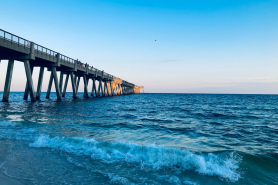


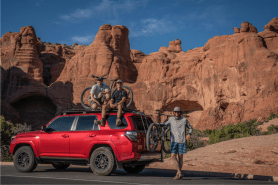


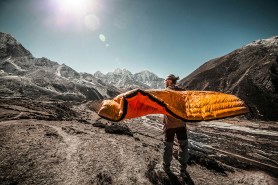

Pingback: Mountaineering Sneakers vs Path Operating Sneakers: What’s the Distinction in Mountaineering Footwear? - Best Selling Products